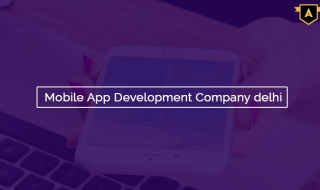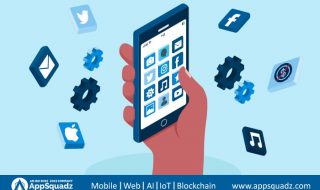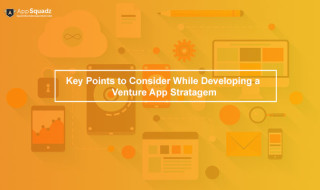
Mobile application development is a term used to denote the act or process by which a mobile app is developed for mobile devices, such as personal digital assistants, enterprise digital assistants or mobile phones. These applications can be pre-installed on phones during manufacturing platforms, or delivered as web applications using server-side or client-side processing (e.g., JavaScript) to provide an “application-like” experience within a Web browser.
mobile application development company from India and USA also consider a long array of screen sizes, hardware specifications, and configurations because of intense competition in mobile Application and changes within each of the platforms. Mobile app development has been steadily growing, in revenues and jobs created. The process of building an App following a detailed one step at a time approach is called Mobile App Development Life cycle.
The 8 Phases of Mobile App Development are:
Phase 1: Preplanning and Research
During the first phase, it is very important to do substantial research and brainstorming before moving on to the next phase. You need to do the homework and have answers to questions like – What is the main aim of this Mobile App? Who is the target audience? Which platform should you target first? Is the App going to be free or paid?
Once you have the answer to all these questions then you clearly know that how much time it will take for you to develop the mobile App whether an android or ios mobile application. Another thing which is a must in this phase is the analysis of the competition. Do a detailed study of your competitor’s App to see what features they are offering. Try to figure out the features which are absent in their App so that you can include it in your App, to make it stand out.
Phase 2: Mental Prototyping
Once you are done with the research and have laid down the costs involved then the next phase involves preparing a detailed scope of work. You need to do a mental prototyping of your App and draw your ideas in the form of sketches on a white board. This will be the first visual representation of the ideas which you collected in Phase 1 and it will help you uncover usability issues.
Phase 3: Assessment of Technical Feasibility
Having an understanding of the visuals is not enough because you need to analyze whether the back end systems will support the App’s functionality or not. To understand if the idea of your App is technically feasible you need to get access to public data by simply sourcing public APIs. You also need to determine which platform you are building your App for, first. Building an App shall have different requirements the Mobile app development is a term used to denote the act or process by which a mobile app is developed for mobile devices, such as personal digital assistants, enterprise digital assistants or mobile phones.
Phase 4: Building a Prototype
You cannot define the touch experience until and unless you actually touch the App and see how it works and flows. In order for that to happen, you must build a prototype and get the experience of the App into the user’s hand as soon as possible. This will help you see if things are going in the right direction. In this phase, you can use rough and not exhaustive wire-frames. Including the stakeholders in this process and allowing them to touch the prototype shall help you take their feedback and implement it into your work
Phase 5: Designing and Development of App
Before moving to coding you must design your App. A User Experience designer can create the interaction architecture of the design elements while a User Interface designer can create the look and feel of your App. This in itself is a multi-step process and the end results are visual directions and blueprints which give envision of the final product. It also informs you on how an interaction should feel, move and flow.
Phase 6: Building the App Using Agile Methodologies
Once the design is ready then it is the time for you to build the App. Agile methodology is the best approach for mobile application development as it allows you to make changes, add new features and keep evolving with the changing trends.
Phase 7: Testing the Mobile App
Congratulations on building your Mobile App. For Phase 7 you need to get some target users to help you test the App.
UAT Testing: For user experience testing you need to put your App in the hands of the users which you are targeting and once it passes the UAT test you know that the solution which you are providing actually works.
Beta Testing: Make your App available for the beta trial by allowing open participation of people to test it. The feedback from these beta users will help you determine if your App’s functions work well in the real world environment
Phase 8: The Launch
Once Phase 7 is successful, your App is complete and is ready to be submitted to the App stores for approval.
However, this is not the end as every App requires regular updates and new features to be added to it during the mobile application development lifecycle. The development cycle begins once again as soon as the first version of the App is launched.
Hire mobile app developers from and get a quality work in a much shorter development time without sacrificing design or features. Put forward your quote, here or simply email us your app request at [email protected] we will get back to you soon.






